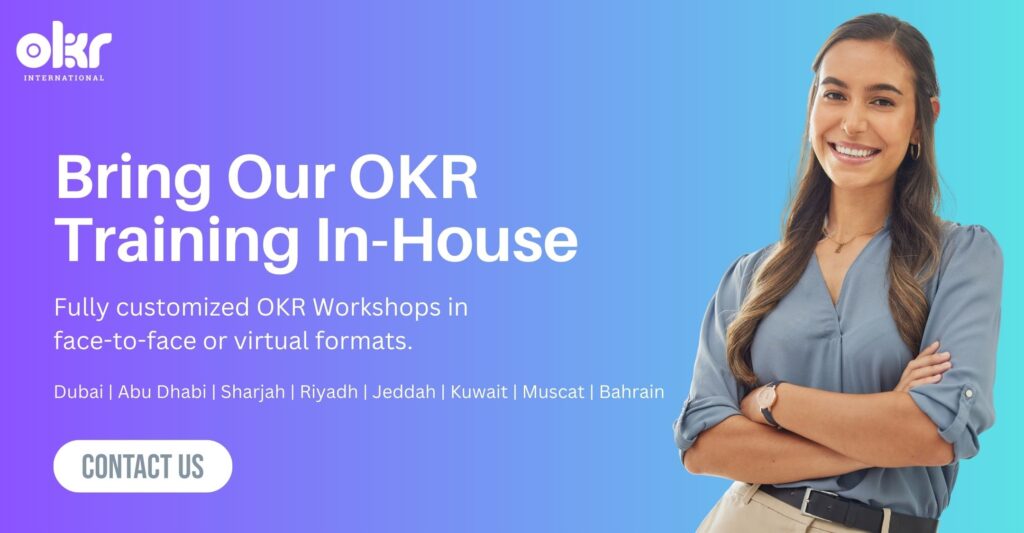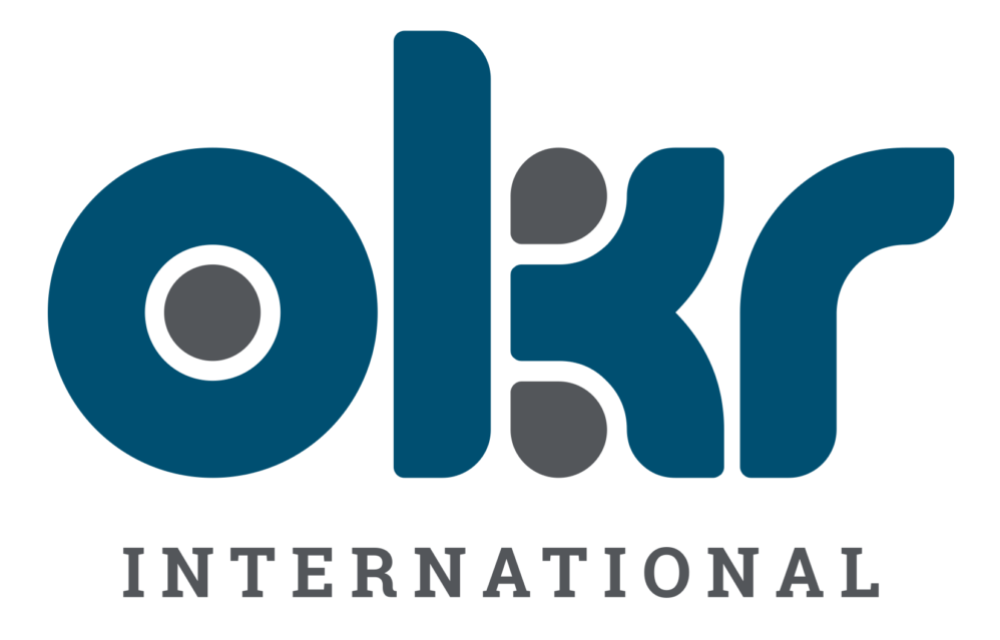Micros OKRs – Examples
Micro OKRs are a specialized subset of the traditional OKR (Objectives and Key Results) framework, designed to achieve very short-term, highly specific goals. Coined by Nikhil Maini in Aug. 2024, Micro OKRs break down broader strategic objectives into granular tasks that can be quickly implemented and assessed. Unlike traditional OKRs, which typically follow quarterly cycles, Micro OKRs operate on much shorter timelines—often weekly or monthly—allowing for rapid responses to emerging challenges and opportunities. This adaptability makes Micro OKRs an ideal tool for businesses operating in fast-paced, unpredictable environments.
What are Micro OKRs?
At their core, Micro OKRs follow the same structure as traditional OKRs: an Objective defines what you want to achieve, and Key Results outline the measurable outcomes that signal progress toward the objective. However, the key differentiator is the timeline and scope. Micro OKRs are focused on quick wins and immediate results. They are ideal for situations where teams need to move fast, adjust swiftly, and still maintain alignment with the company’s long-term vision.
Characteristics of Micro OKRs include:
- Short Duration: Micro OKRs are typically set for much shorter cycles, such as a week or a month. This allows teams to implement and assess initiatives quickly.
- Specific Focus: They hone in on highly specific tasks or challenges, providing clarity on immediate actions needed.
- Adaptability: Given their short timeframe, Micro OKRs are more flexible and can be easily adjusted as new data or challenges emerge.
- Real-Time Execution: Micro OKRs are action-oriented and execution-focused, driving teams to implement immediate changes or improvements.
In today’s BANI (Brittle, Anxious, Non-linear, Incomprehensible) world, where businesses need to be agile and adaptable, Micro OKRs foster resilience. They enable companies to react quickly to market changes, address short-term challenges, and align daily tasks with broader strategic goals, ensuring both adaptability and focus. (Read more on how to Integrate OKRs with BANI.)

Why Use Micro OKRs?
Micro OKRs provide the perfect solution for businesses to focus on short-term, specific goals, enabling swift and decisive action. These OKRs empower teams to make quick decisions and execute them with precision, making Micro OKRs a critical tool in environments demanding rapid results.
Drive Quick, Measurable Results
The value of Micro OKRs lies in their ability to deliver fast, tangible outcomes. Unlike traditional OKRs that follow quarterly cycles, Micro OKRs work within much shorter timeframes—days or weeks. This quick turnaround allows businesses to adapt to dynamic market conditions, test new initiatives, and respond effectively to immediate challenges. By breaking down large, strategic goals into smaller, actionable tasks, Micro OKRs ensure teams remain agile and focused while progressing toward long-term objectives.
Adapt to Dynamic Business Environments
Micro OKRs excel in industries where speed and adaptability are crucial. In technology, teams can quickly test and implement new product features. In e-commerce and startups, Micro OKRs help teams pivot swiftly based on real-time feedback and market changes. Sales and marketing teams benefit from Micro OKRs by driving short-term campaigns and optimizing performance based on immediate data. Meanwhile, customer support teams can use them to enhance response times or improve service quality, creating more impactful customer interactions in a short period.
Other industries like retail, manufacturing, and operations also thrive with Micro OKRs. These sectors often require continuous process improvements, which Micro OKRs support by targeting specific tasks that can be quickly refined and executed.
Maintain Strategic Alignment While Staying Agile
The true power of Micro OKRs is their ability to drive immediate progress while keeping teams aligned with broader strategic goals. Teams focus on what needs attention right now without losing sight of long-term objectives. This approach ensures businesses can address short-term demands while maintaining the agility required to thrive in fast-changing environments.

Exploring 10 Applications of Micro OKRs in Business
In today’s fast-paced and ever-changing business environment, the need for agility and precision has never been more critical. Micro OKRs, a specialized subset of the OKR (Objectives and Key Results) framework, provide a solution for businesses to set focused, short-term objectives that deliver quick, impactful results. These Micro OKRs allow teams to break down broader goals into actionable tasks, enabling rapid responses to immediate challenges while maintaining alignment with long-term strategic goals.
Here are ten applications of Micro OKRs in various business contexts, demonstrating how they can drive short-term progress while contributing to overall success.
1. Product Development: Feature Rollouts
Micro OKRs empower product teams to rapidly test and launch new features with precision. By setting short-term objectives, such as launching a beta version within two weeks or achieving early customer satisfaction, teams can ensure quick feedback loops and continuous improvements.
- Example Objective: Launch a beta version of a new feature within two weeks.
- Key Result: Achieve 80% customer satisfaction among early adopters.
2. Sales: Short-Term Revenue Boost
Sales teams can use Micro OKRs to focus on driving immediate revenue through targeted campaigns. By breaking down the sales process into specific, time-bound actions, they can generate quick wins and address gaps in performance.
- Example Objective: Increase sales by 15% over the next month through targeted outreach.
- Key Result: Close 50% of qualified leads by month-end.
3. Marketing: Campaign Optimization
Marketing teams can use Micro OKRs to refine ongoing campaigns for better performance. By focusing on optimizing conversion rates, open rates, and customer acquisition costs, teams can make data-driven adjustments that lead to better results in a short period.
- Example Objective: Increase conversion rates by 10% through A/B testing of landing pages.
- Key Result: Improve email open rates by 5% within 10 days.
4. Customer Support: Improving Response Time
Customer support teams can apply Micro OKRs to enhance their response times and improve customer satisfaction. By setting objectives focused on reducing response times and improving resolution rates, teams can significantly boost customer retention.
- Example Objective: Reduce average response time by 40% in two weeks.
- Key Result: Achieve 90% inquiry resolution in the first interaction.
5. Operations: Supply Chain Optimization
Operations teams can leverage Micro OKRs to optimize supply chain processes in a short period. By focusing on reducing shipment delays and improving warehouse efficiency, organizations can streamline operations for better performance.
- Example Objective: Decrease shipment delays by 10% over the next month.
- Key Result: Cut warehouse processing times by 15%.
6. HR: Employee Engagement and Retention
HR teams can use Micro OKRs to quickly address employee concerns and improve engagement. Short-term actions like increasing satisfaction scores or reducing turnover can have a lasting impact on the organization’s culture and productivity.
- Example Objective: Boost employee satisfaction scores by 15% within one month.
- Key Result: Implement a feedback system engaging 80% of employees in two weeks.
7. IT: Cybersecurity
Micro OKRs enable IT teams to respond swiftly to cybersecurity threats. By setting immediate objectives to audit systems, patch vulnerabilities, and implement security protocols, IT teams can protect organizations from breaches effectively.
- Example Objective: Conduct a system-wide security audit and patch vulnerabilities within two weeks.
- Key Result: Implement multi-factor authentication for all systems within 10 days.
8. R&D: Innovation Sprints
R&D teams can use Micro OKRs to accelerate the innovation process by focusing on rapid prototype development and testing. Short-term objectives allow teams to iterate quickly and bring innovative solutions to market faster.
- Example Objective: Develop and test three product prototypes in two weeks.
- Key Result: Complete user testing and gather feedback within one week for each prototype.
9. Finance: Expense Optimization
Micro OKRs help finance teams optimize costs in the short term by targeting specific areas for improvement. Teams can reduce operational expenses through immediate actions like renegotiating supplier contracts or automating financial reporting tasks.
- Example Objective: Cut discretionary expenses by 5% in the next two weeks.
- Key Result: Reduce supplier costs by 3% by renegotiating contracts.
10. Legal: Regulatory Compliance
Legal teams can apply Micro OKRs to quickly ensure compliance with new regulations. By setting short-term objectives to implement compliance protocols and train employees, teams can avoid potential legal risks and fines.
- Example Objective: Implement new compliance protocols within one week.
- Key Result: Train 100% of the legal team on new regulations in 10 days.
How to Implement Micro OKRs in Your Business
Micro OKRs offer a powerful tool to drive immediate, focused results while maintaining strategic alignment. Implementing them effectively requires identifying the right areas for application, setting them up with clarity, and tracking progress in real time. Here’s a step-by-step guide to integrating Micro OKRs into your business.
1. Identify the Right Areas for Micro OKRs
The first step in implementing Micro OKRs is pinpointing the areas where rapid results and agility are crucial. Focus on:
- High-priority tasks that need immediate attention or are critical to overall success.
- Time-sensitive projects where quick execution and adjustments are necessary.
- Cross-functional initiatives requiring collaboration across teams to achieve specific outcomes.
- Pilot projects or experiments, where you need to test and learn quickly with minimal risk.
Assess where short-term wins can have the most significant impact on your business’s long-term objectives. Departments like product development, marketing, customer support, and operations are often ideal for Micro OKRs due to their need for fast adaptation.
2. Best Practices for Setting Up Micro OKRs
Setting up Micro OKRs effectively involves ensuring clarity, alignment, and measurability. Follow these best practices:
-
Define Clear, Specific Objectives: Set one or two concise, actionable objectives that focus on solving immediate challenges or achieving quick results. These objectives should be easy to understand and laser-focused.
-
Set Measurable Key Results: Your Key Results should be quantifiable, allowing for easy tracking and progress monitoring. For example, if your objective is to improve customer support, a key result could be “Reduce average response time by 30% within 2 weeks.”
-
Align Micro OKRs with Broader Strategy: While Micro OKRs focus on short-term tasks, they should always support your company’s long-term strategic goals. Ensure there’s a clear connection between what you’re addressing now and your overall vision.
-
Keep Timeframes Short: Micro OKRs typically last between a week to a month. The shorter duration helps teams remain agile and responsive to immediate needs.
3. Tools and Techniques to Track and Measure Progress
Tracking the progress of Micro OKRs is critical to ensuring success. Here are some tools and techniques to measure progress effectively:
-
OKR Software Tools: Use dedicated OKR platforms such as Gtmhub, Profit.co, or WorkBoard to track objectives, update progress, and visualize outcomes. These tools allow real-time visibility across teams.
-
Agile Project Management Tools: Platforms like Trello, Asana, or Jira are excellent for managing Micro OKRs, as they support sprint cycles and short-term planning. These tools help break down tasks and track progress incrementally.
-
Regular Check-Ins: Schedule frequent check-ins (weekly or bi-weekly) to review progress on Micro OKRs, address roadblocks, and make necessary adjustments in real-time. These check-ins foster accountability and ensure that teams remain focused on achieving their key results.
-
Real-Time Dashboards: Implement real-time dashboards to track key metrics and performance indicators. This ensures that all stakeholders can monitor progress at any given time and make informed decisions.
Conclusion
Micro OKRs offer businesses an unparalleled approach to achieve immediate, focused results while staying aligned with long-term strategic goals. In today’s fast-paced and unpredictable environment, the ability to adapt quickly, test new initiatives, and execute with precision is crucial. Micro OKRs empower teams to break down large objectives into smaller, manageable tasks that can be accomplished in a matter of days or weeks.
By applying Micro OKRs across various functions such as product development, sales, marketing, customer support, and operations, businesses can achieve rapid progress, drive innovation, and enhance overall efficiency. Whether improving customer satisfaction, accelerating product rollouts, or optimizing operational processes, Micro OKRs provide the agility and flexibility that organizations need to thrive in a BANI world.
As you look to implement Micro OKRs in your business, remember to focus on short-term wins that contribute to your broader goals, track progress in real time, and stay adaptable in the face of change. With the right strategy and tools in place, Micro OKRs can be a game-changer for any organization.
Join the Upcoming OKR Coach Certification Workshop
Ready to transform your strategic acumen and propel your organization forward? Enroll today and take the first step towards mastering OKRs with our Certified OKR Practitioner program!
- Dates: 25-26 Oct. 2024
- Session Timings: 07:00 – 15:00 UTC / 12:30 – 20:30 IST / 09:00 – 17:00 CET
- Language: English
- ICF & HRCI Credits: 16
- Enrollment Fee: $1500
Learn More | Download Flyer | Register & Pay Now
Contact Us
Mail: info@okrinternational.com
WhatsApp Message: +971.552160708



